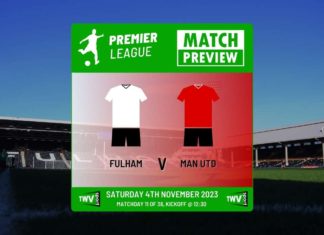The 2019 Major League Baseball season has seen an all-time high in home runs. On September 11, Baltimore Orioles slugger Jonathan Villar crushed MLB’s previous home-run high set in 2017 with a round tripper against the Los Angeles Dodgers. It was MLB’s 6,106 dinger of the season. That mark has since been increased with subsequent games seeing players hit home runs.
Former Atlanta Braves greats Greg Maddux and Tom Glavine once proclaimed, “chicks dig the long ball”. Despite the pitchers’ belief that home runs were loved by all, especially the opposite sex, it seems like the long ball is hurting baseball.
Why are we seeing so many home runs?
PEDs were at one time alleged to be the reason so many home runs were being hit. Yet, with drug testing occurring in MLB more regularly, why are players going yard more than ever? Maple bats are one theory behind the increased number of home runs. The hard wood, 20% harder than ash, propels a baseball like a bouncy ball being thrown against a concrete wall.
Maple bats have become the wooden weapon of choice for many MLB sluggers since first being introduced to the bigs by former Toronto Blue Jays outfielder Joe Carter. More players are putting down ash baseball bats due to the flex and give they have when making contact with a ball.
Are so many home runs a good thing?
Over 6,100 home runs have been hit in MLB this season. Twenty years ago, that figure stood at 5,528 when the season ended. In 1989, the total number of home runs that season was 3,083. In a 30-year period, the number of home runs in an MLB season has more than doubled.
Of course, MLB added four teams to the league, but the number of games, 162, have stayed the same. Yet, the additions of the Colorado Rockies have been part of the surge in home runs. Coors Field saw 202 home runs in 2015 alone to lead the league. According to 2019 stats, the Toronto Blue Jays’ Rogers Centre sees the most dingers per game at 1.531. Coors Field is third in the bigs this season at 1.349 per game.
It isn’t just Coors Field that concedes home runs. As far back as 2007, it was reported the MLB stadiums were being built smaller than in previous eras. One of the reasons for this had nothing to do with more offense. Owners were interested in making more money and smaller stadiums with fewer seats meant tickets to games were at a premium. This gives teams more reason to sell high-priced tickets. In addition, baseball specific stadiums replaced multi-purpose sports venues.
In the 1990s, after the MLB strike turned fans off of the game, the league turned to the long ball to bring fans back. Mark McGuire’s and Sammy Sosa’s PED-fueled fight to break Roger Maris’ record of 61 home runs brought fans back to ballparks.
Even with so many home runs in today’s game, attendances dropped again this season. This year’s attendance average dropped by 1.4%, proving the long ball isn’t keeping fans engaged. Perhaps it is even putting fans off of watching the game. It looks like chicks may no longer dig the long ball.
Will the trend of home runs increasing continue? It is likely to as players continue to reach for maple baseball bats and ditch the ash.








